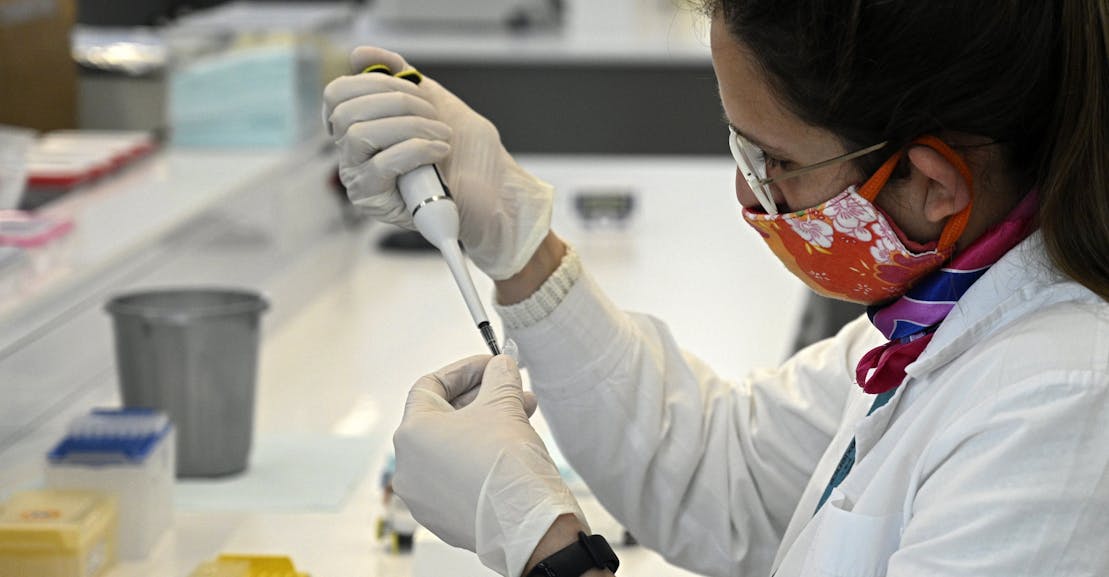When President Trump announced an emergency use authorization for convalescent plasma as a “historic” and game-changing treatment for the coronavirus last month, experts were baffled. Although plasma donations from recovered patients have been used to speed recoveries for over a century and may help patients in early stages of Covid-19, there’s not enough research yet on how well this approach works and which antibodies best battle this virus. Now, however, there are preliminary results on a different but related treatment that could help coronavirus patients and solve some of those issues. And the administration hasn’t said much about it. It’s called monoclonal antibodies.
Not all antibodies a body produces in response to this coronavirus are created equal. Some are better at battling SARS-CoV-2 than others. A recovered patient might have a low number of antibodies, but if the antibodies they do have are all really good at neutralizing the virus, then plasma from that patient will be more effective. Another patient could have a high number of antibodies, but none of the antibodies are particularly good against this coronavirus and so they fare worse. Convalescent plasma as a treatment, therefore, is “a little bit of a crude method,” said Rogier Sandiers, a professor of virology at the University of Amsterdam’s Faculty of Medicine. You need large quantities of plasma from recovered patients, and “you have to be lucky with the plasma you get. If there’s no neutralizing antibodies in the plasma at hand, then it’s not going to be very effective.”
But what if the best, most effective antibodies could be designed in a lab and then mass-produced?
To produce what are known as monoclonal antibodies, researchers start from the same convalescent plasma with which patients may now be infused. But then they pull out the antibodies specific to SARS-CoV-2, and from there, they identify the one or two antibodies that rise to the top—the ones that outperform the competition by being the most effective, the stickiest, the most potent.
“And then,” said Sandiers, “you just make it in a manufacturing facility.”
